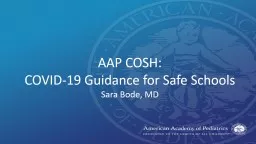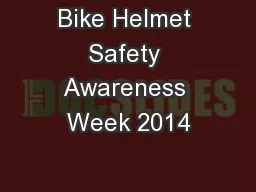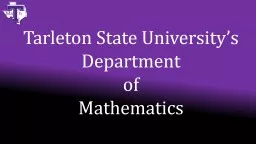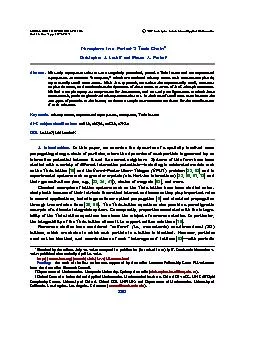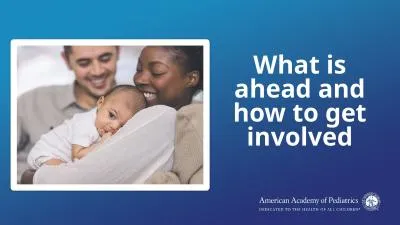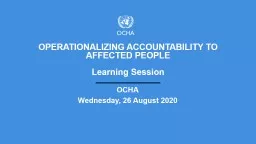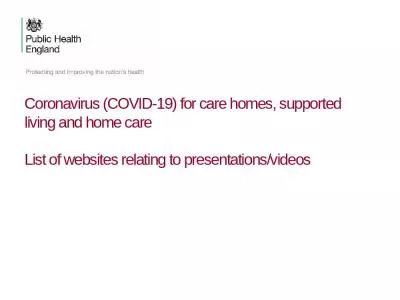PPT-AAP COSH: COVID-19 Guidance for
Author : alyssa | Published Date : 2022-02-10
Safe Schools Sara Bode MD Conflict of Interest Disclosure In the past 12 months I have had the following financial relationships with the manufacturers of any commercial
Presentation Embed Code
Download Presentation
Download Presentation The PPT/PDF document "AAP COSH: COVID-19 Guidance for" is the property of its rightful owner. Permission is granted to download and print the materials on this website for personal, non-commercial use only, and to display it on your personal computer provided you do not modify the materials and that you retain all copyright notices contained in the materials. By downloading content from our website, you accept the terms of this agreement.
AAP COSH: COVID-19 Guidance for: Transcript
Download Rules Of Document
"AAP COSH: COVID-19 Guidance for"The content belongs to its owner. You may download and print it for personal use, without modification, and keep all copyright notices. By downloading, you agree to these terms.
Related Documents

